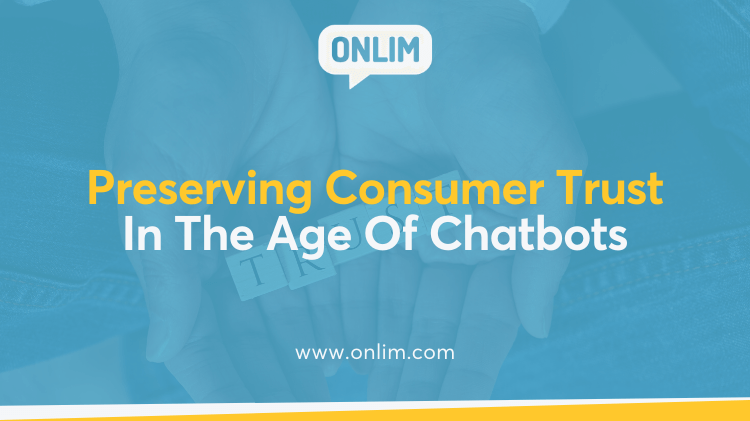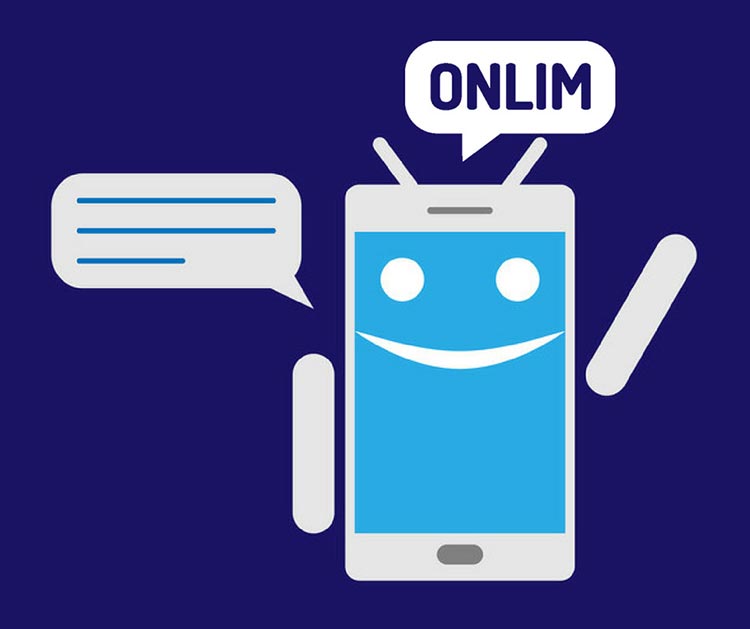Preserving Consumer Trust In The Age Of Chatbots
If you want users to talk to your bot, it is important that they have a basic trust in it. On the one hand, they need to be confident that it can help them with their problems and questions. And on the other hand, they must trust in how their data is managed and that it will not fall into the wrong hands.
This is no easy task, especially in times of increasing uncertainty about data protection and security. Additionally, many users are skeptical about new technologies.
Download our free e-book to learn everything you need to know about chatbots for your business.
We have looked at recent scientific studies to answer the question of how to preserve consumer trust in chatbots and design trustworthy chatbot communication.
Factors that create consumer trust in chatbots
An interesting paper of the conference “The Fifth International Conference on Internet Science“ deals with the question: What makes users trust a chatbot for customer service?
The researchers came to the conclusion that the following factors play a decisive role for consumer trust in chatbots:
- Processing quality of requests and advice
- Human likeness
- Self-presentation and professional appearance
- Brand of the chatbot operator
- Perceived security and privacy during the conversation
Based on these findings, the researchers derived the following tips for chatbot development:
- Prioritize efficient handling via the chatbot.
- Be transparent about chatbot features and restrictions.
- Improve the user experience with human-like conversations.
- Use the trust that exists in your brand.
- Make it clear that privacy and data protection are taken seriously.
The master thesis “Trust in chatbots for customer service“ also offers a scientific look at this question. The thesis came to the conclusion that trust in chatbots depends primarily on three areas:
- Chatbot factors: expertise, speed of response, human likeness, absence of marketing messages
- Environmental factors: low risk, brand, access to a human employee
- User factors: willingness to trust new technologies
Chatbots, voice assistants and AI, stay informed with the free Onlim newsletter.
Should a bot be human?
Especially the aspect of how human a bot should be is often controversially discussed. Although both papers name the humanity of bots as a decisive factor, there are also conflicting opinions.
On the one hand, a bot that acts humanlike is a pleasant conversational partner. On the other hand, a bot should not be too much like a human, or rather it should not be pretended that a bot is a human if this is not the case.
If a user is convinced that he is talking to a human employee and then finds out that it is just a bot, the disappointment is huge. And that, in turn, damages the company’s reputation. It is perceived as unreliable and not very transparent, which can have a lasting negative impact on user loyalty.
How can this conflict be solved? For example, you can tell the user at the beginning that he is talking to a bot. This prevents false expectations. Afterwards, you can still make your bot as human as possible by creating several variations for an answer, delaying the response times a little or conveying humour through the text.
Create FAIR bots
Advancements in AI are making chatbots increasingly intelligent and versatile. But the new possibilities also bring new pitfalls. Chatbots are often trained with data models and the result of this training is unclear. There is a great danger of developing a biased chatbot. To prevent bots from becoming racist and unfair in the future, chatbot developers must keep an eye on this trend and check their bots regularly.
The Forrester report “The Ethics Of AI: How To Avoid Harmful Bias and Discrimination” defines four decisive criteria to help ensure that AI models and thus chatbots are FAIR. The following criteria must be met:
- Fundamentally sound: The model was created with independent and identically distributed training data.
- Assessable: Decisions are comprehensible.
- Inclusive: Users are not excluded from using products or services.
- Reversible: The behaviour of the model also feels right for the developers.
What are Large Language Models (LLMs)?
March 18th, 2024|
What are chatbots and how do they work?
November 23rd, 2023|
The AI Act and its impact on the use of chatbots
October 27th, 2023|



